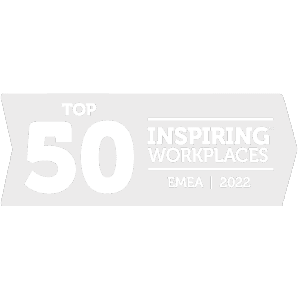By Peter Mumford, senior account executive
Placemaking encapsulates the overall approach to the planning, design and management of sites where communities can live, work and play.
Transforming these larger spaces typically brings elevated intrigue compared to regular build projects due to the multifarious elements of the project and the scope of benefits to the local community – socially, economy and environmentally. Whether redeveloping existing buildings or transforming a brownfield site that may have lain derelict for several years, the eyes of the city will be watching closely.
By recognising the significance of a good public relations strategy – whether you’re a developer, contractor or consultant – you can dictate and time the messages you want to communicate and build credibility.
Here are six key considerations you should make when promoting your next placemaking project.
Engage early with stakeholders
Open dialogue with local authorities and businesses will help establish relationships and drive the key messaging of the benefits of the project to those who may be sceptical. Stakeholder mapping is a useful tool to visualise the network of people with varying power and interest over the site who you should be included in discussions.
Conducting engagement sessions are a great way to communicate face-to-face with organisations that have a vested interest and make their voices feel heard. While these don’t have to be in a consultation capacity, they are a great opportunity to gauge public sentiment from a cross section of the community, gathering ideas to feed back to the board that can modify existing and inform future planning.
Reach out to local businesses, third sector organisations and people with specific interests – such as biodiversity, active mobility and inclusion – for a rounded stakeholder engagement approach.
Under promise and over deliver
Be clear with your team and project partners on what details you deem to be realistic project outcomes and are happy to disclose. Overpromising on timescales and deliverables will put you in the firing line for questioning from the local community and journalists who have done their research – don’t make sweeping statements for soundbites.
Build a hard and soft messaging document outlining the key elements of the project and wider purposes, making sure employees readily have a copy for reference when speaking with stakeholders or receiving enquiries. This will be a dynamic resource that will evolve as a project progresses.
Keep on top of community management
Social media channels are a fantastic way to regularly communicate to your different audiences and update on project progress.
With greater engagement comes more comments and questions. Being proactive is essential and having a prepared amount of scheduled content and responses will help give that consistent visible presence. A dedicated social media team may be required to keep on top of community management.
If comments are asking for information you don’t wish to disclose yet, be transparent and say updates will be coming soon. That way you can control how updates are delivered through the key lines of communication, first through press releases then website and social media content.
Spread ESG messages
Environmental, social and governance commitments are a driving force for modern consumer interest and in the context of placemaking projects can sway community sentiment.
Be consistent with communicating social value commitments. Are you aiming to deliver a net-zero venue when it’s in use and does this include net-zero construction? If your project is using a social value toolkit to deliver on your sustainability plan, are you generating PR in partnership with the toolkit provider as a standout project?
Embrace significance
The heritage of the site may bring a personal significance to people in the community who have witnessed the area fall into disrepair despite its potential, or may involve development on greenfield land over which local people may feel protective.
Planning for placemaking projects such as sustainable urban extensions – which typically require at least some development to take place on greenfield land – can be complicated and complex, especially for local communities.
Areas identified as strategic locations for development, to provide scope for comprehensively planned, integrated development embracing principles of sustainable development and communities.
Years of false expectations from developers promising transformations can understandably create a precedent of disdain toward plans. Show and don’t tell to make your project feel real. Generating regular content of boots on the ground, starting on site and engaging with community will help to build this confidence – evidencing how your project is already different to what has come prior and the wider benefits it will bring to the community.
Prepare for a statement
Expect backlash if the project is likely to disrupt surrounding infrastructure or local community facilities and always be prepared to write a statement that can be issued promptly. Keep your eyes to the ground and communicate that you are aware of the problems as ignoring can snowball into negative sentiment.
Maintain close relationships with journalists to ensure you can provide comment and make sure statements are used in full and not taken out of context. You have a right of reply of 24 hours to provide your side of the issue so make your intentions clear to the journalists.
Our sector-leading services
To find out more information about how Cartwright Communications can elevate your placemaking PR, check out our property and construction expertise. Discover how we are supporting The Island Quarter in Nottingham – The UK’s largest city centre regeneration project.




